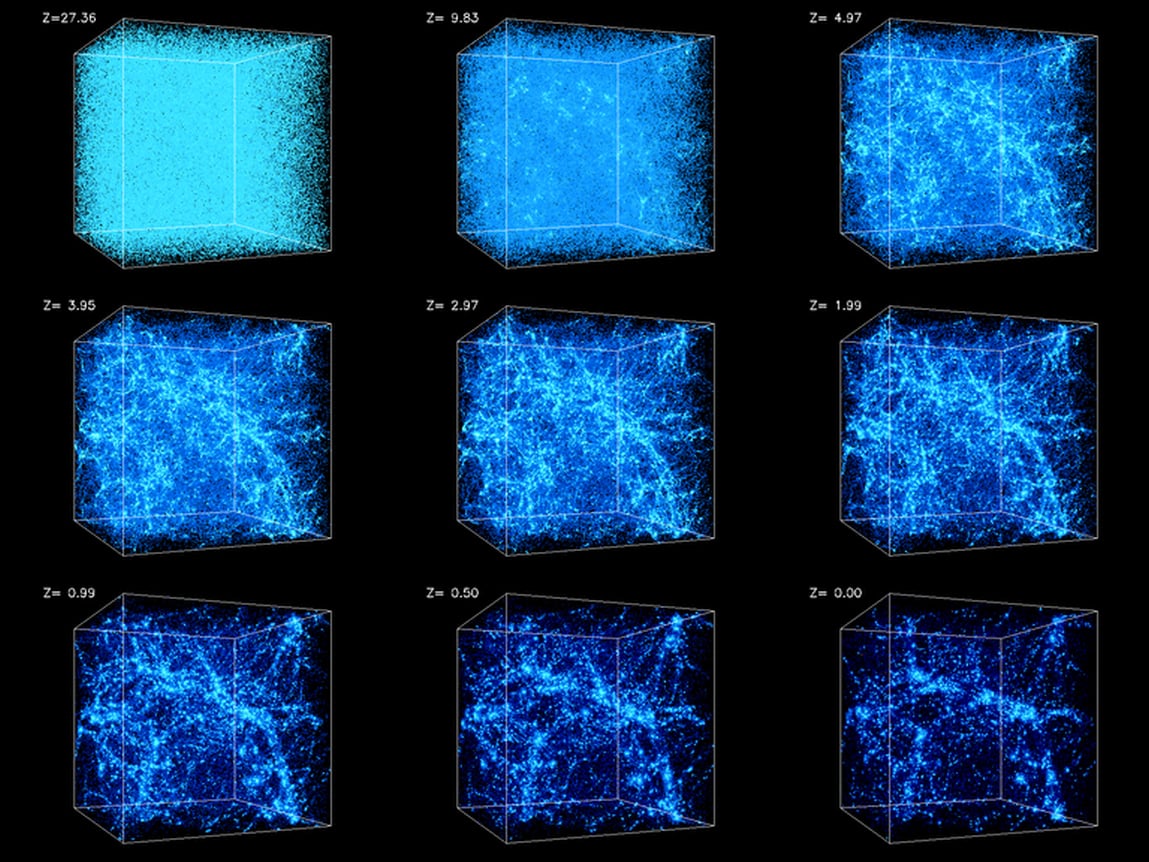For nearly a century, cosmologists operated under a simplified model of the universe that treats matter as uniform particles. This approach, while useful for understanding phenomena like the Big Bang and cosmic expansion, fails to reflect the universe’s true nature, which is anything but uniform. Now, a team led by Dr. Leonardo Giani from the University of Queensland has developed a groundbreaking mathematical model. This new framework accounts for the complex structures in the universe and their significant impact on cosmic evolution.
Utilizing data from the Dark Energy Spectroscopic Instrument (DESI), which can measure the universe up to 11 billion light-years away, Giani’s team seeks to redefine our understanding of cosmological measurements. The traditional models assume that matter behaves uniformly across space, but reality reveals a different story. In this model, massive structures like galaxy clusters exert a gravitational pull that causes matter to collapse inward, while vast voids, nearly empty of matter, continue to expand.
Revolutionizing Cosmological Measurements
For three decades, scientists have grappled with explaining the interplay between these contrasting forces, often resorting to complex theories involving new physics. Giani’s model offers a methodical approach, providing a mathematical recipe for assessing how existing cosmic structures influence observations. The team identified two critical parameters: the minimum size a void must have to affect observations and the size a collapsing region needs to be influential.
Upon plotting independent datasets against these parameters, Giani’s team made a surprising discovery. According to the standard uniform model, all data should cluster in a specific area of their graph. Instead, the data overlapped in a different region, indicating that large voids are responsible for the anomalous behaviors detected in astronomical measurements.
This new model directly addresses two pressing issues in modern cosmology: Hubble tension and dynamical dark energy. Hubble tension refers to the discrepancy between two methods of calculating the universe’s expansion rate, which yield conflicting results. Meanwhile, dynamical dark energy suggests that the mysterious force driving cosmic expansion might weaken over time.
A New Perspective on Cosmic Mysteries
Previous attempts to resolve these puzzles often led to further contradictions. Giani’s model, however, proposes a more elegant solution. Rather than necessitating a weakening of dark energy, the apparent decrease could reflect improved understanding of the universe’s complexity. The model shows a specific region where Hubble tension disappears, not due to new physics, but because it finally incorporates real structures into our measurements.
When the team examined whether this complexity appeared in DESI data, they found a definitive yes. This marks a pivotal shift from trying to fit observations into oversimplified models to embracing the true intricacies of the universe. The research, published in Physical Review Letters, indicates that many of the current mysteries in cosmology may not arise from exotic new physics, but rather from a failure to adequately consider the uneven, interconnected reality of the universe we inhabit.
As Giani and his team continue to refine this model, their work offers a promising pathway to deeper insights into the cosmos. The implications of these findings could reshape foundational concepts in cosmology, moving scientists closer to reconciling longstanding discrepancies and enhancing our understanding of the universe’s evolution.
